Charged particles: Bohr model of the atom, metals, proton and neutron, as well as the hypothetical composite model of the tau lepton.
Also have a look at the Thompson and Rutherford model of the atom, and the model for conducting metals.
Proton consisting of two up and one down quarks:

Neutron consisting of one up and two down quarks:
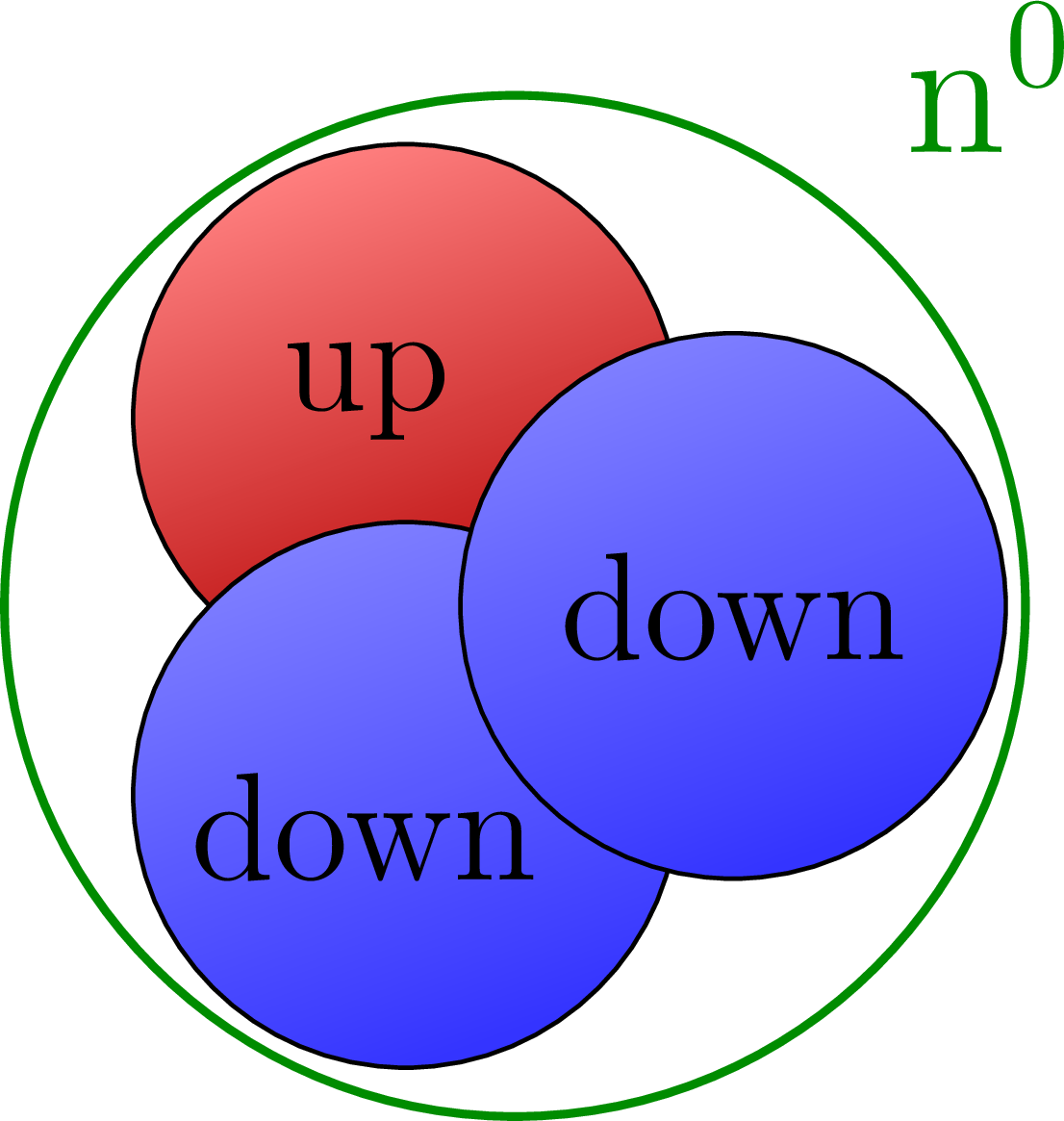
Hypothetical composite model of the tau lepton:
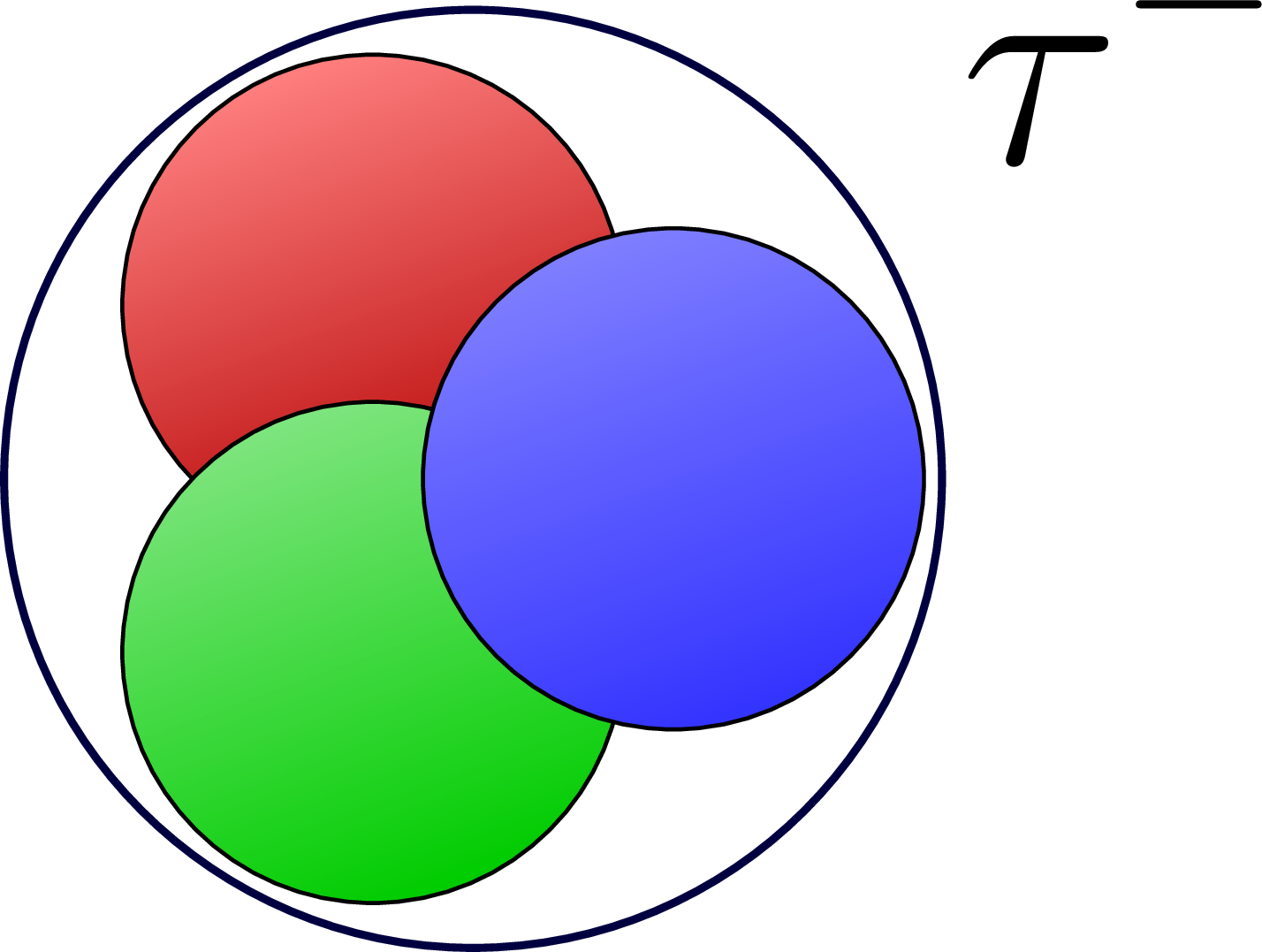
Populair depiction of an atom model:
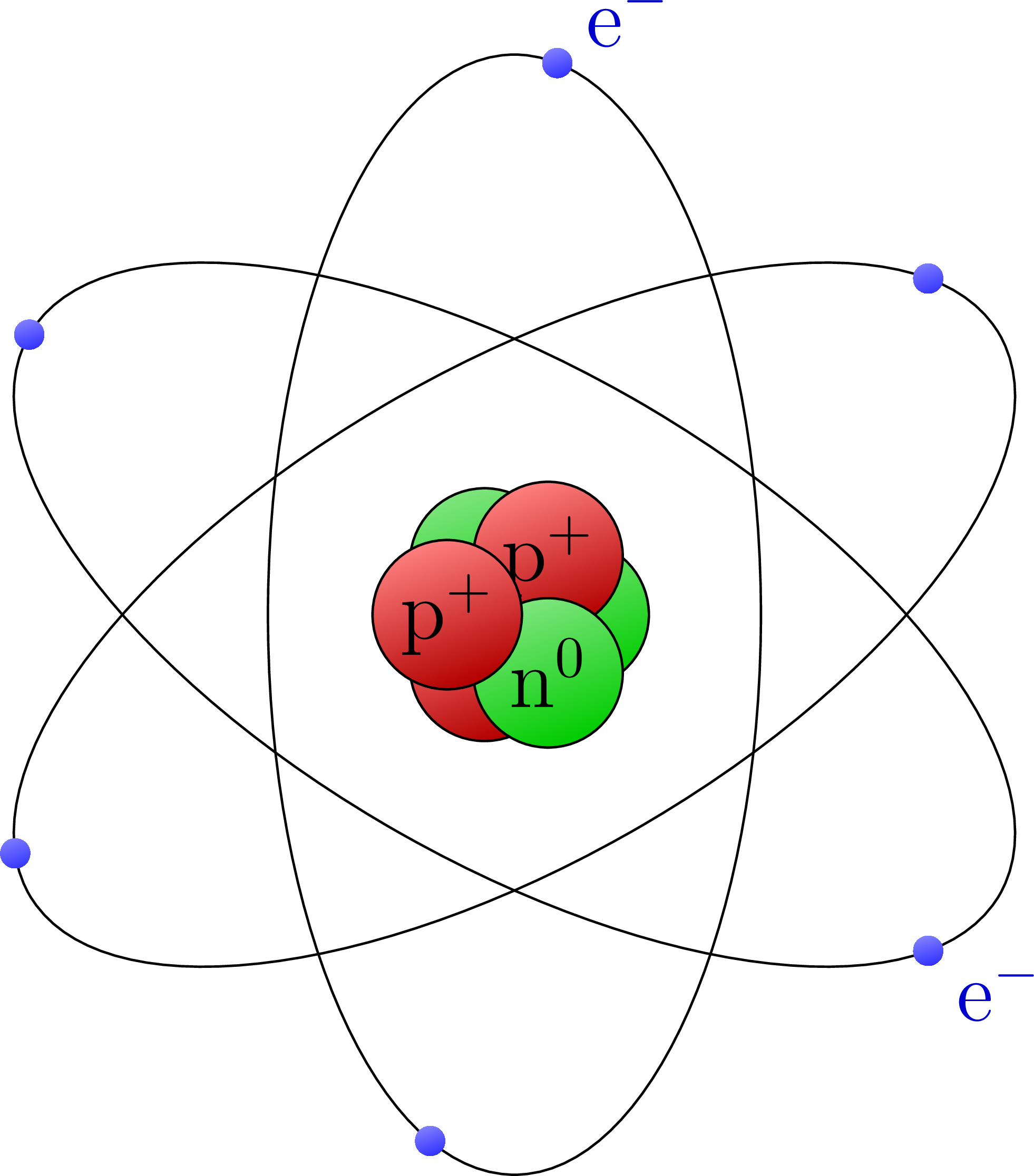
Free-electron model of a metal to explain electric conduction:
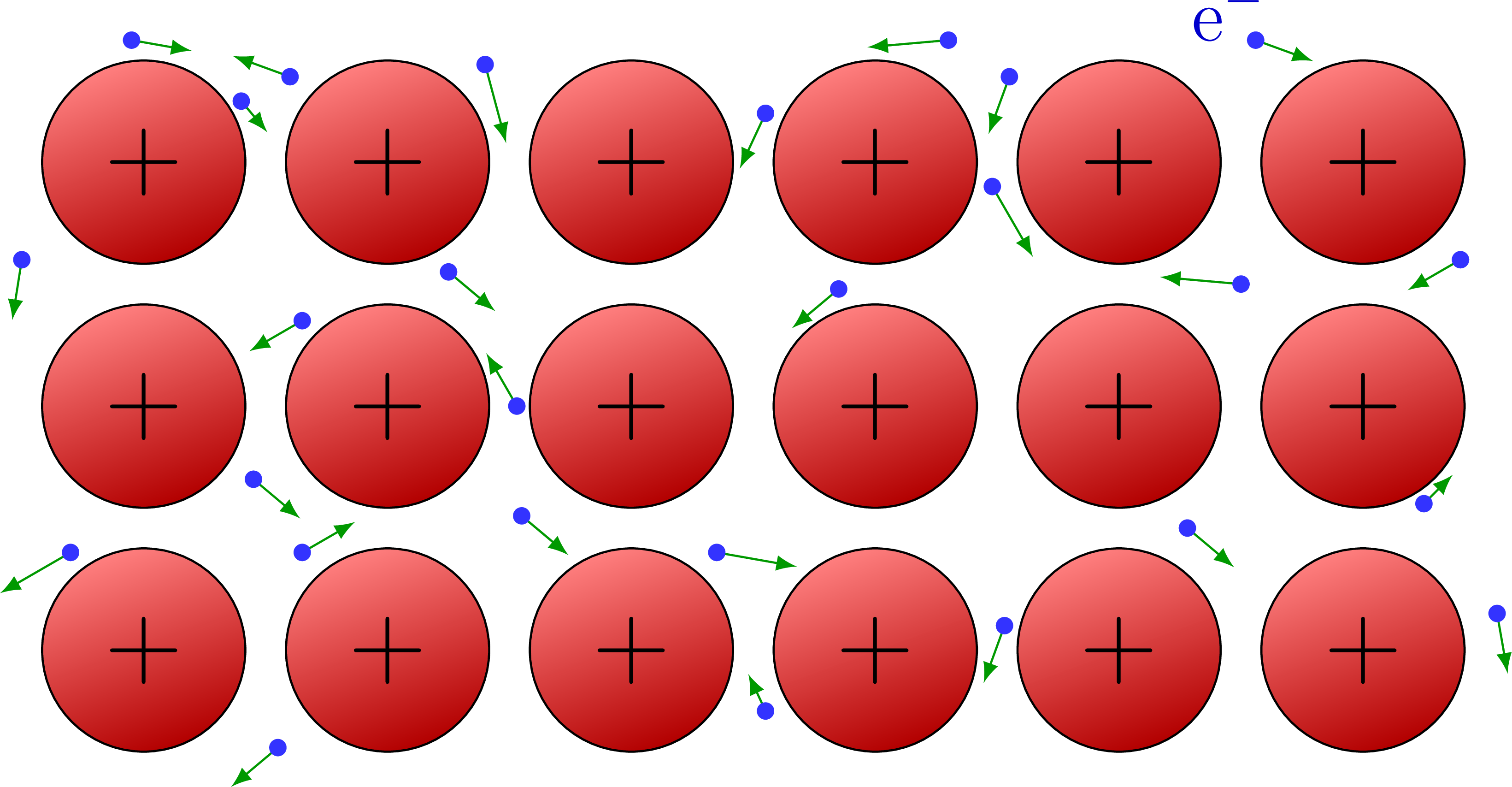
Bohr model of a copper atom with an valence electron:
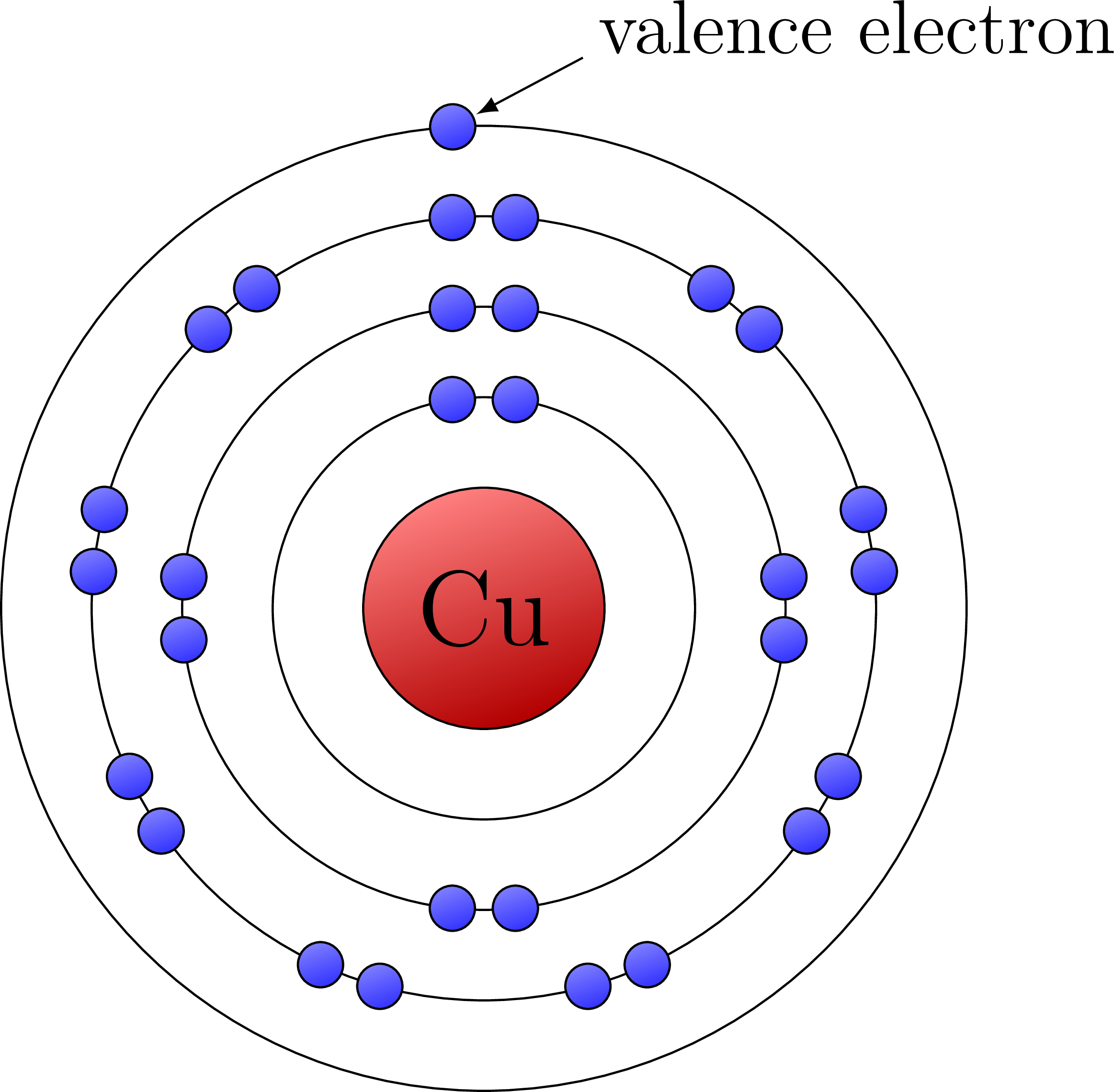
Edit and compile if you like:
% Author: Izaak Neutelings (July 2018)\documentclass[border=3pt,tikz]{standalone}\usepackage{amsmath}\usepackage{tikz}\tikzset{>=latex} % for LaTeX arrow head%\usepackage{xcolor}%\colorlet{charge+}{blue!80!white}\tikzstyle{charge0}=[top color=green!80!black!50,bottom color=green!80!black,shading angle=20]\tikzstyle{charge+}=[top color=red!50,bottom color=red!70!black,shading angle=20]\tikzstyle{charge-}=[top color=blue!50,bottom color=blue!80,shading angle=20]%\tikzstyle{charge+}=[thin,ball color=blue!60,shading angle=-10]%\tikzstyle{charge-}=[thin,ball color=red!85,shading angle=-10]%\tikzstyle{charge0}=[thin,ball color=green!80!black!80,shading angle=-10]\def\d{0.8}\def\R{1.0}\def\N{{1.04*(\R+\d)}}\begin{document}\Large% PROTON MODEL\begin{tikzpicture}[scale=0.9]\coordinate (O) at ( 0, 0);\coordinate (D1) at ( 0:\d);\coordinate (U1) at (120:\d);\coordinate (U2) at (240:\d);\coordinate (L) at ( 50:\N);\draw[charge+] (U1) circle (\R) node[above=2,above left=-9] {up};\draw[charge+] (U2) circle (\R) node[below=2,below left=-9] {up};\draw[charge-] (D1) circle (\R) node {down};\draw[thick,red!45!black] (O) circle (\N);\node[above right=-4,scale=1.2,red!45!black] at (L) {$\text{p}^+$};\end{tikzpicture}
Click to download: charged_particles.tex • charged_particles.pdf
Open in Overleaf: charged_particles.tex


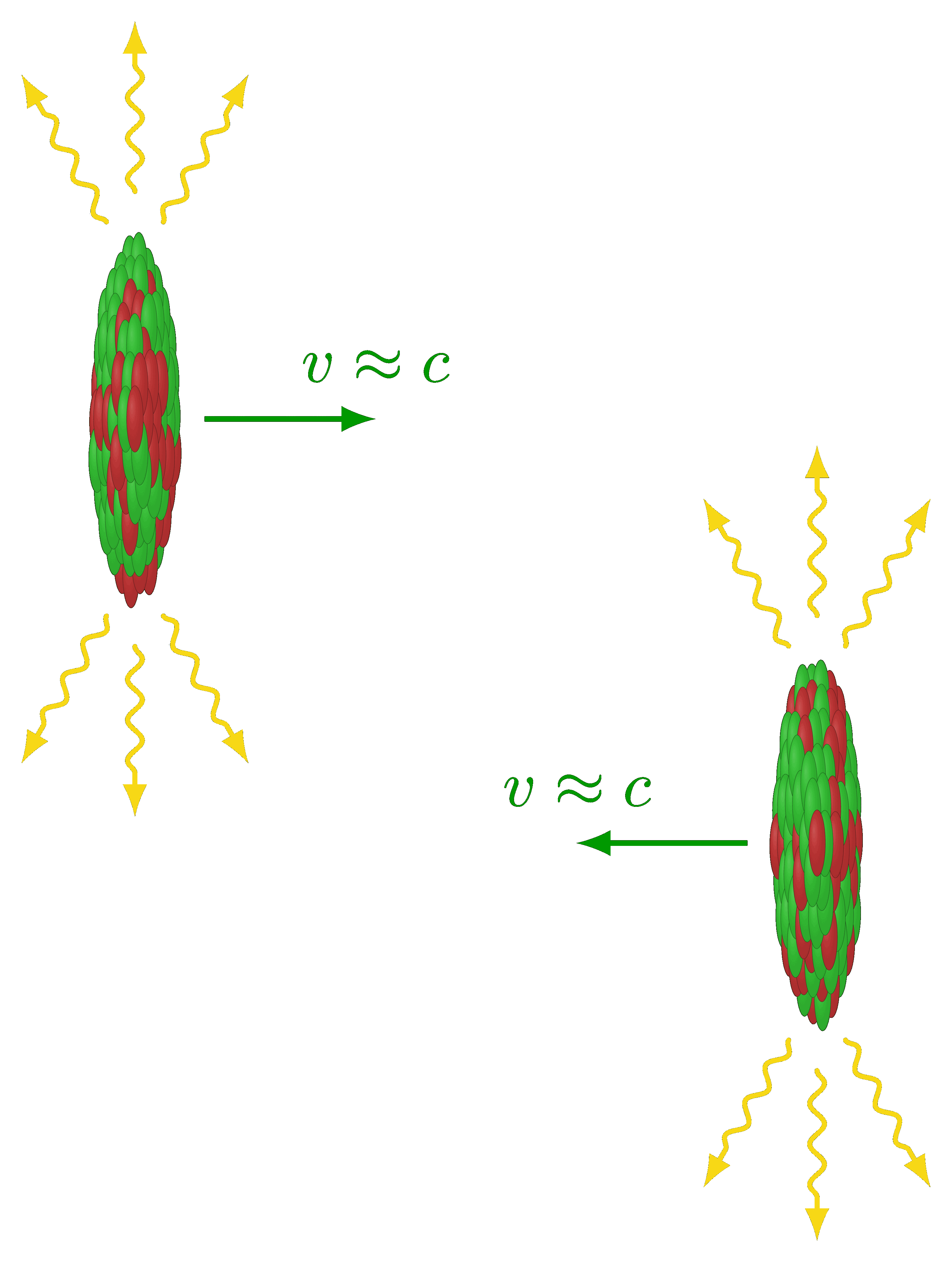
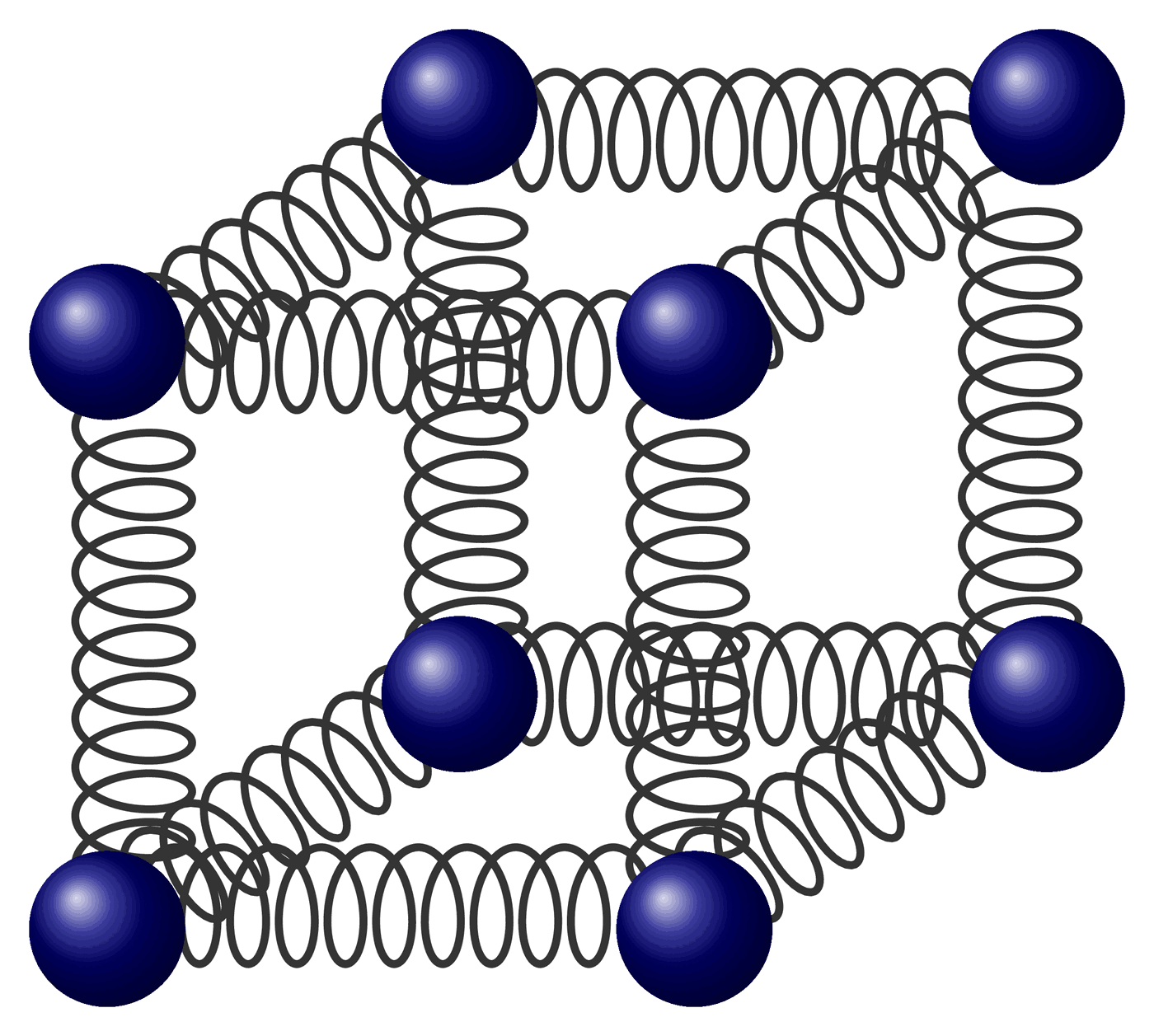
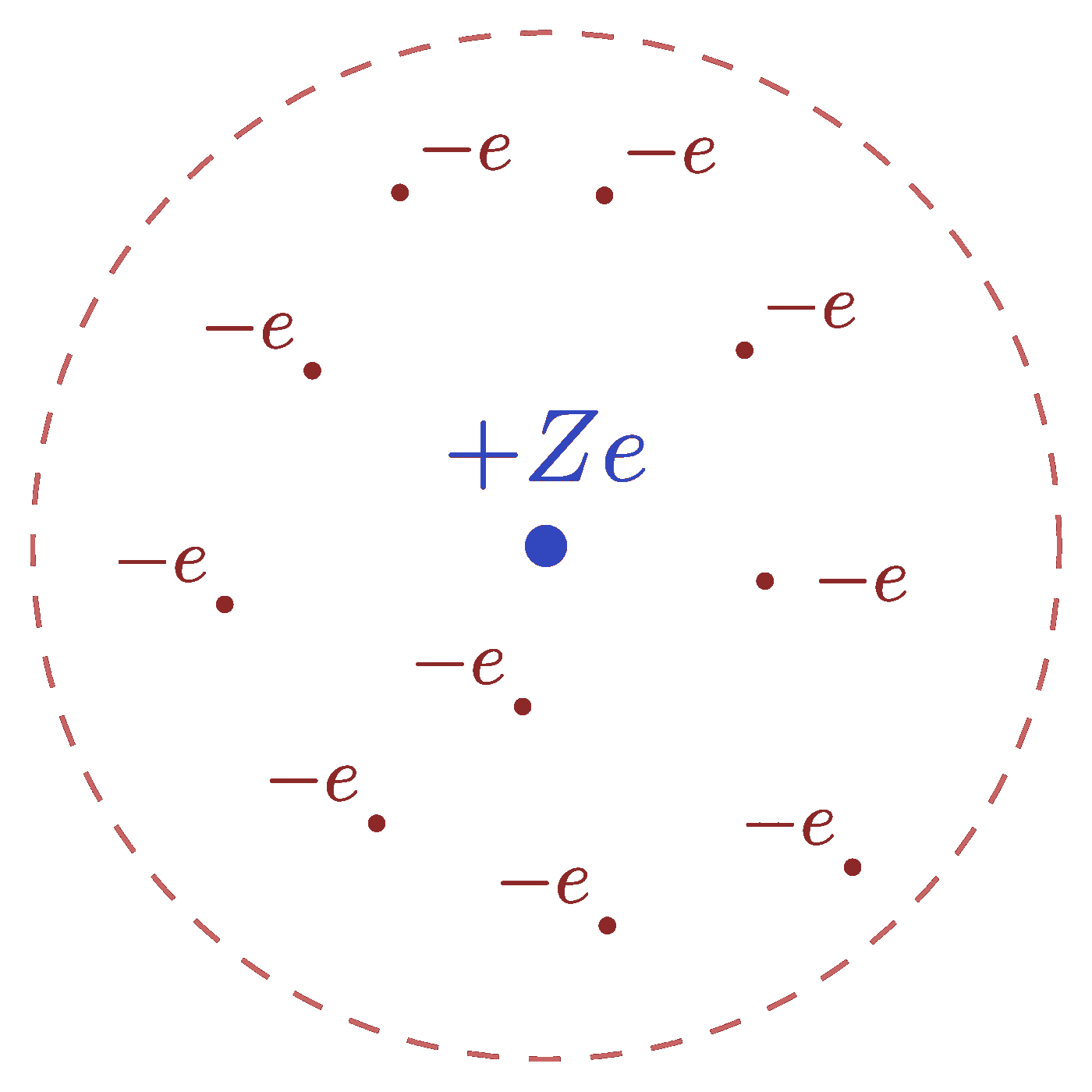
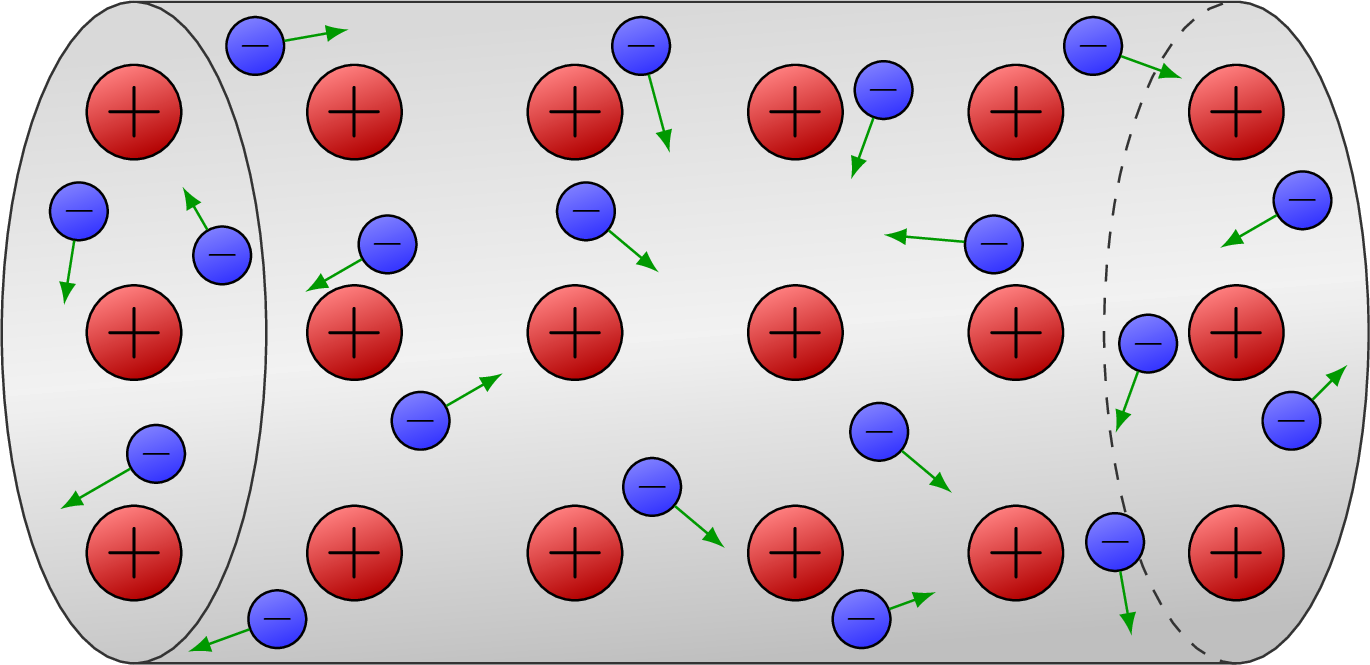
Hello!
I used your conduction model to represent conduction (of course!)
I am teaching thermal processes to my class, so I wrote this simple code (to the best of my abilities so far) to represent convection
\documentclass{standalone}
\usepackage{tikz}
\usetikzlibrary{arrows.meta}
\begin{document}
\begin{tikzpicture}[>=Stealth, thick]
% Flat surface
\draw (0,0) — (6,0);
\draw[densely dashed] (0,0.2) — (6,0.2); % indicating surface
% Heat arrow
\draw[->, red] (3,-1) — (3,-0.2) node[midway, right] {Heat};
% Convection arrows
\draw[->, red] (1,0.5) to[out=0,in=-60] (2.75,2.5);
\draw[->, red] (5,0.5) to[out=180,in=-120] (3.25,2.5);
\draw[->, blue] (2,3) to[out=180,in=-240] (0,1);
\draw[->, blue] (4,3) to[out=0,in=-300] (6,1);
% Labels
\node at (3,-1.2) {\tiny Heat Source};
\node at (1.5,1.7) {\tiny Convection Current};
%\node at (4.5,1.7) {Convection};
\end{tikzpicture}
\end{document}
Can you see it as representing convection? How could I change it to make it better, more representative?
Thank you
Wagner.
Hi Wagner,
I would just add a volume of water with a red to blue fade, something like this:
You could add more red color to indicate the heating along the bottom, and perhaps try to make it a bit more 3D with ellipses. You can look for inspiration on google image search.
For now, this will have to do… hehe! I teach this today, so this diagram will pass as convection. I divided the rectangle into 2 and did angled shading along the diagonal, so that it gives the very primitive impression that hot air is rising.
I will try to see if I can make hot air curve and protrude into the cold air at the top and the cold air into the hot air at the bottom, so it gives a more realistic convection current.
I am trying to rewrite all my lessons in beamer… maybe that was a very stupid idea!
\documentclass[border=3pt,tikz]{standalone}
\usetikzlibrary{arrows.meta}
\begin{document}
\begin{tikzpicture}[>=Stealth, thick]
% Volume
\fill[bottom color=red!40,top color=blue!50!cyan!30,middle color=blue!50!cyan!20,shading angle=45]
(0,0) rectangle (3,3.5);
\fill[bottom color=red!40,top color=blue!50!cyan!30,middle color=blue!50!cyan!20,shading angle=315]
(3,0) rectangle (6,3.5);
% Flat surface
\draw (0,0) — (6,0);
\draw[densely dashed] (0,0.2) — (6,0.2); % indicating surface
% Heat arrow
\draw[->, red] (3,-1) — (3,-0.2) node[midway, right] {Heat};
% Convection arrows
\draw[->, red] (1,0.5) to[out=0,in=-60] (2.75,2.5);
\draw[->, red] (5,0.5) to[out=180,in=-120] (3.25,2.5);
\draw[->, blue] (2,3) to[out=180,in=-240] (0.5,1);
\draw[->, blue] (4,3) to[out=0,in=-300] (5.5,1);
% Labels
\node at (3,-1.2) {\tiny Heat Source};
\node at (1.5,1.7) {\tiny Convection Current};
%\node at (4.5,1.7) {Convection};
\end{tikzpicture}
\end{document}
Maybe something like this?
Good luck with teaching!